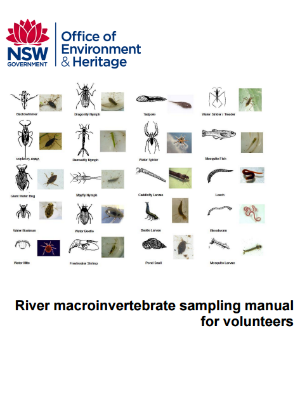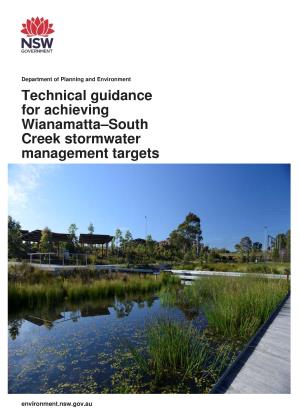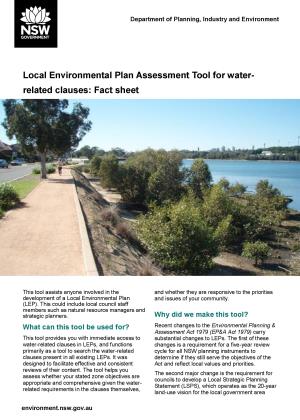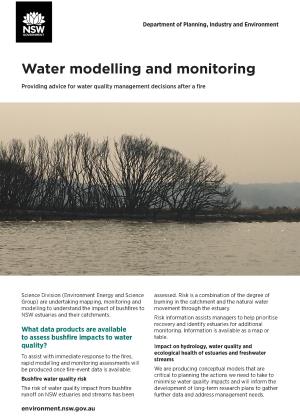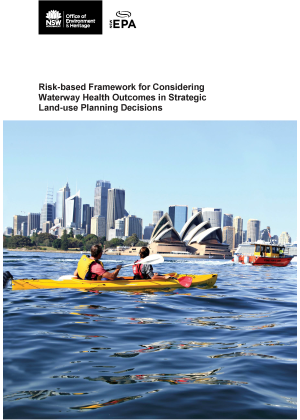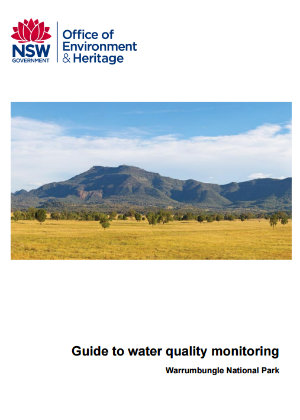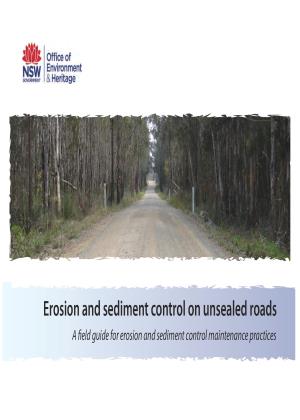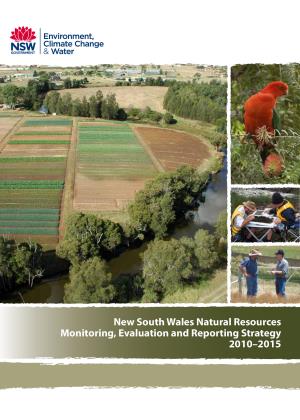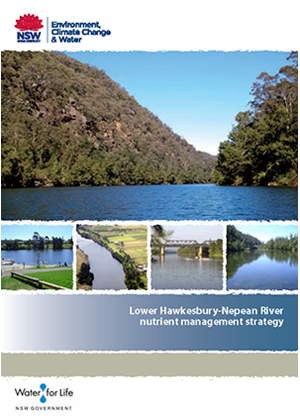Macroinvertebrates are animals without backbones that are large enough to be easily seen by the naked eye.
Macroinvertebrates that live in rivers include worms, snails, beetles, dragonflies, mayflies, stoneflies and yabbies.
Pollution and other changes caused by human activities in and around a river will determine what types of macroinvertebrates live there. For this reason, river macroinvertebrates are widely used to indicate the biological health of a river.
Healthy rivers are typically unpolluted and have many different macroinvertebrates habitats, so in a healthy river one would expect to find many different types of macroinvertebrates including species that are sensitive to water pollution.
Unhealthy rivers may be highly polluted or may have lost most types of macroinvertebrate habitats. Such rivers may have only few types of hardy, pollution tolerant macroinvertebrate species.

